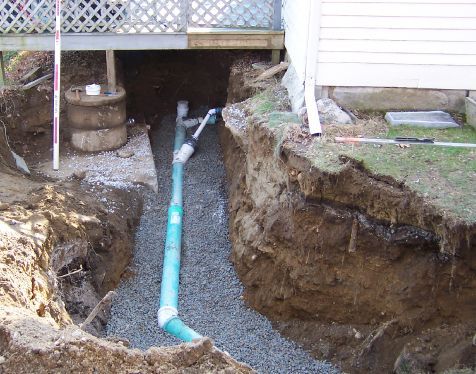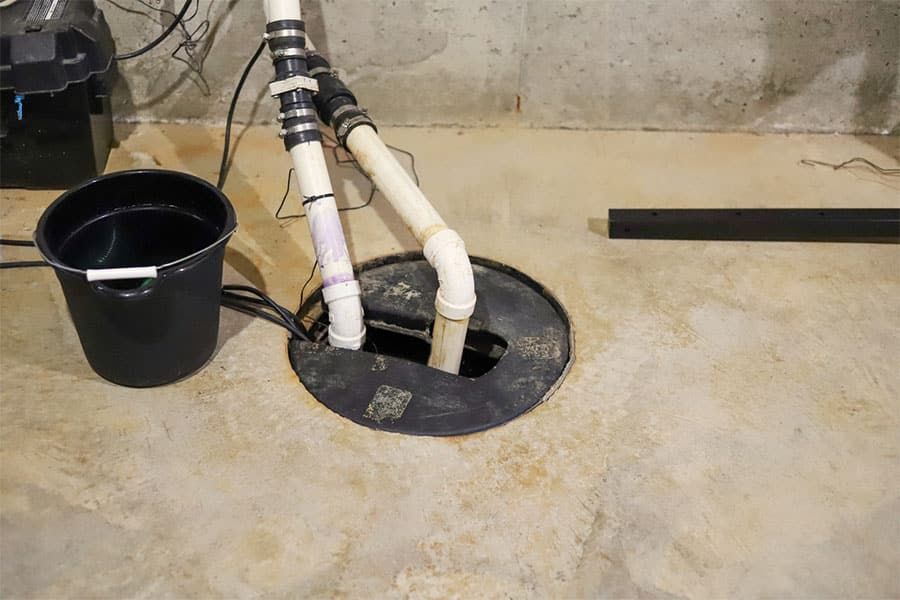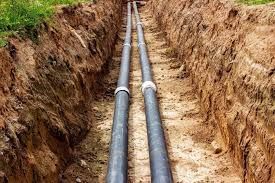How to Detect a Sewer Line Problem Early
Why Early Detection of Sewer Line Problems Matters
Detecting sewer line problems early can save you from costly repairs, property damage, and even health hazards. Sewer line issues often begin as minor annoyances but can escalate quickly into major disasters if left unaddressed. By recognizing the signs early, you can prevent major disruptions to your home and avoid unnecessary expenses. Here are nine ways to spot potential sewer line problems before they worsen.
The Lifespan of Different Sewer Line Materials
1. Slow Drains and Multiple Clogged Drains
One of the first signs of a sewer line problem is slow drainage. If water takes longer than usual to drain from sinks, showers, or bathtubs, it may indicate a blockage in the sewer line. When multiple drains in your home are slow at the same time, it could point to a larger issue in the main sewer line, rather than a localized clog. Early detection of this symptom can prevent more significant blockages that may require extensive repairs.
2. Gurgling Noises from Drains
Gurgling noises coming from your drains or toilet can be a warning sign of a clogged or damaged sewer line. These sounds occur when air becomes trapped in the pipes due to a blockage. As water struggles to pass through the obstruction, it causes air bubbles to move through the pipes, resulting in a gurgling sound. If you hear these noises frequently, it's a good idea to inspect your sewer system to avoid a potential backup.
3. Foul Odors in Your Home or Yard
A foul, sewage-like odor in your home or yard can indicate a problem with your sewer line. This is usually caused by a cracked or damaged sewer pipe that is allowing waste and gases to escape. If the smell becomes noticeable near drains or outside near the sewer line, it's crucial to get it checked by a professional plumber. Early intervention can prevent contamination of the environment around your property.
4. Standing Water in the Yard
If you notice standing water or unusually lush patches of grass in your yard, this could signal a sewer line leak or break. Sewage leaks often result in water pooling on the surface, creating soggy areas in your yard. Not only can this be unsightly, but it can also pose health risks. The sooner you catch this issue, the easier it is to prevent contamination and costly repairs.
5. Increased Water Bills
A sudden spike in your water bill without any change in usage could be a sign of a sewer line issue. Leaks in your sewer line can lead to an increase in water consumption as the system struggles to operate efficiently. If you notice your bill rising unexpectedly, consider having your plumbing inspected to rule out any sewer line issues.
6. Sewer Backups or Overflowing Toilets
Sewer backups and overflowing toilets are one of the most obvious signs of a severe sewer line problem. If sewage is backing up into your home, it is often due to a blocked or collapsed sewer line. This is not only messy but also a serious health hazard. If you notice this happening, take immediate action to address the blockage or break in the line before it worsens.
7. Wet or Damp Spots in the Basement
If your basement or lower levels of your home are damp or you notice wet spots on the floor, this could indicate a sewer line leak beneath your home. Sewer water can seep into the basement, causing moisture buildup and potential mold growth. Early detection of these wet spots can prevent significant water damage and health risks associated with mold.
8. Tree Roots Infiltrating Your Sewer Line
Tree roots can infiltrate sewer lines, especially in older homes with aging pipes. If you have large trees near your sewer line, their roots may grow into the pipes in search of water, causing blockages and eventual pipe damage. Regularly inspecting your sewer line for signs of root infiltration can help you avoid expensive repairs and replacements later on.
9. Shifting or Cracked Foundation
If you notice cracks or shifts in your foundation, it could be a result of a leaking sewer line beneath the house. Sewer line leaks can saturate the soil around your home’s foundation, leading to erosion and instability. Early detection of a sewer line issue can help prevent major structural damage to your home and avoid costly repairs.
Conclusion: Take Action Early
Sewer line problems can escalate quickly, causing extensive damage to your home and property. By staying alert to the signs mentioned above and acting early, you can address issues before they become costly and disruptive. If you notice any of these symptoms, it’s best to contact a professional plumber to inspect your sewer system and ensure it’s functioning properly.
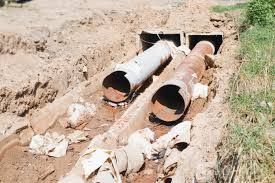
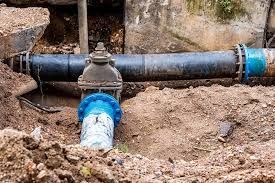

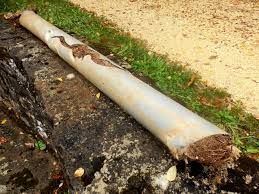

CONTACT INFORMATION
Office:
855-266-7682
Email:
service@AllCityPlumbers.com
Address: 6694 Oak Ridge Commerce Way, Austell, GA 30168
Business Hours:
Mon - Sun 24 Hours
OUR SERVICES
© 2022 All Rights Reserved|All City Plumbers Privacy Policy | Terms & Conditions | Sitemap

